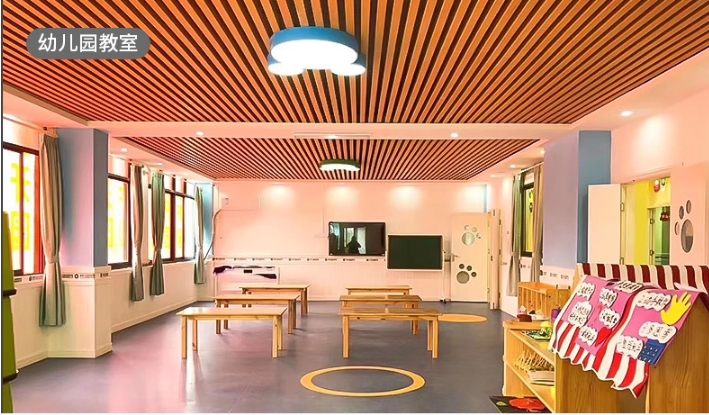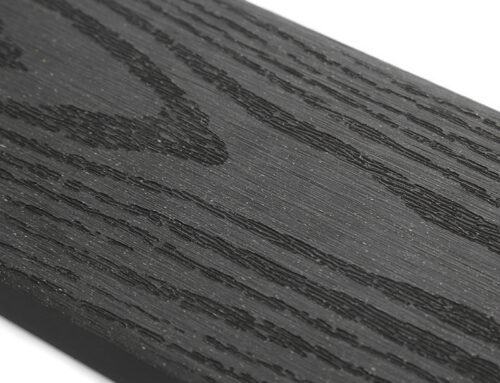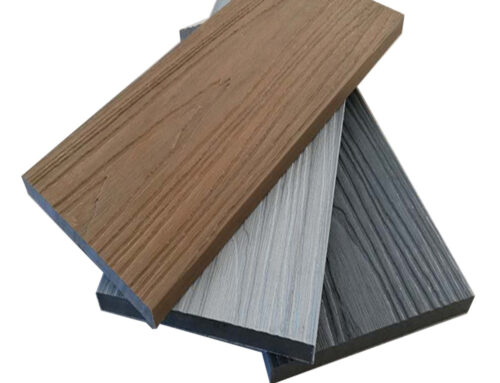WPC (Wood Plastic Composite) ceiling is an innovative construction material that combines wood fiber or wood flour with thermoplastics. It has become popular in both interior and exterior applications due to its unique characteristics and advantages. Here’s an overview of its product characteristics and benefits:
Product Characteristics of WPC Ceiling:
- Composition: WPC consists of a mixture of wood fibers (sawdust, wood chips) and plastic (usually polyethylene, polypropylene, or polyvinyl chloride).
- Appearance: It has a natural wood-like appearance, available in various textures and finishes, and can be painted or stained to mimic the look of natural wood or other design aesthetics.
- Durability: WPC ceilings are highly durable, resistant to rot, decay, and termite attacks, which often affect traditional wooden materials.
- Moisture Resistance: WPC is water-resistant, making it suitable for areas with high humidity or outdoor installations.
- UV Resistance: Many WPC products have UV protection, reducing the effects of fading or color degradation due to sun exposure.
- Fire Resistance: Some WPC ceiling products are fire-retardant, meeting certain safety standards.
- Eco-friendliness: WPC is often considered eco-friendly since it uses recycled wood and plastic materials.
- Lightweight and Flexible: WPC panels are lightweight, making installation easier and more flexible for different design requirements.
- Low Maintenance: WPC ceilings require minimal maintenance as they don’t need regular painting, sealing, or treatment like wood.
Advantages of WPC Ceiling:
- Durability and Long Lifespan: WPC is more durable than natural wood, offering a longer lifespan without warping, cracking, or splintering over time.
- Cost-Effective: Though the initial cost may be higher than wood or other ceiling materials, its longevity and low maintenance make it a cost-effective solution in the long run.
- Moisture and Termite Resistance: Unlike wood, WPC doesn’t absorb moisture or attract termites, making it ideal for areas like kitchens, bathrooms, or outdoor spaces.
- Aesthetic Flexibility: WPC ceilings come in a variety of colors, textures, and finishes, allowing designers to achieve a modern, rustic, or traditional look.
- Eco-Friendly Option: The use of recycled materials (wood and plastic) contributes to sustainability efforts.
- Easy Installation: WPC ceilings come in panel systems that are easy to cut, install, and secure, reducing installation time and labor costs.
- Fire Safety: Some WPC materials are designed to be fire-resistant, which is a great safety feature compared to traditional wooden ceilings.
- Low Maintenance: WPC ceilings do not require frequent refinishing or upkeep, unlike wood, which can save time and resources.
- Sound and Heat Insulation: WPC has good acoustic properties, helping to reduce noise, and can also provide some degree of thermal insulation.
In summary, WPC ceilings are durable, versatile, and low-maintenance, making them an attractive alternative to traditional wood or metal ceilings, particularly in environments exposed to moisture, pests, or harsh weather conditions.






Leave A Comment